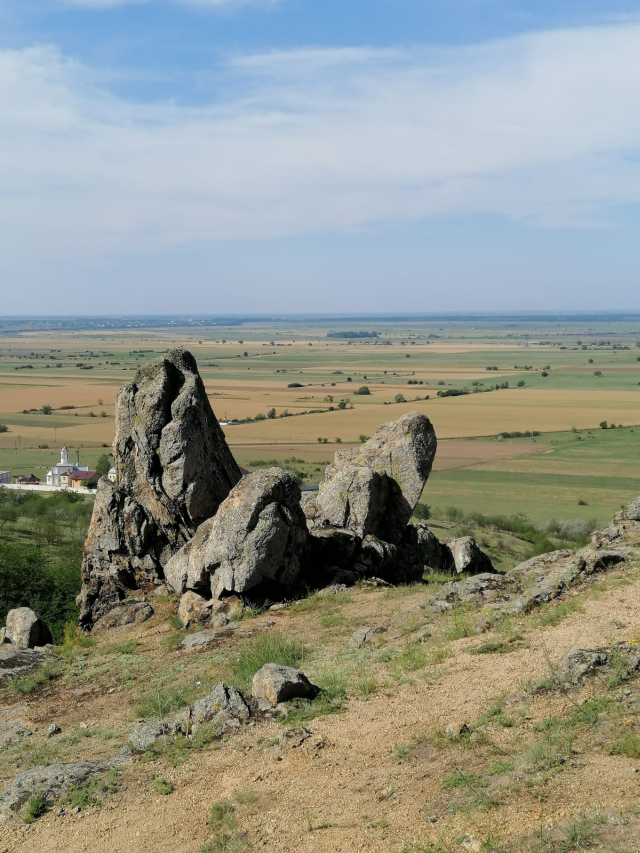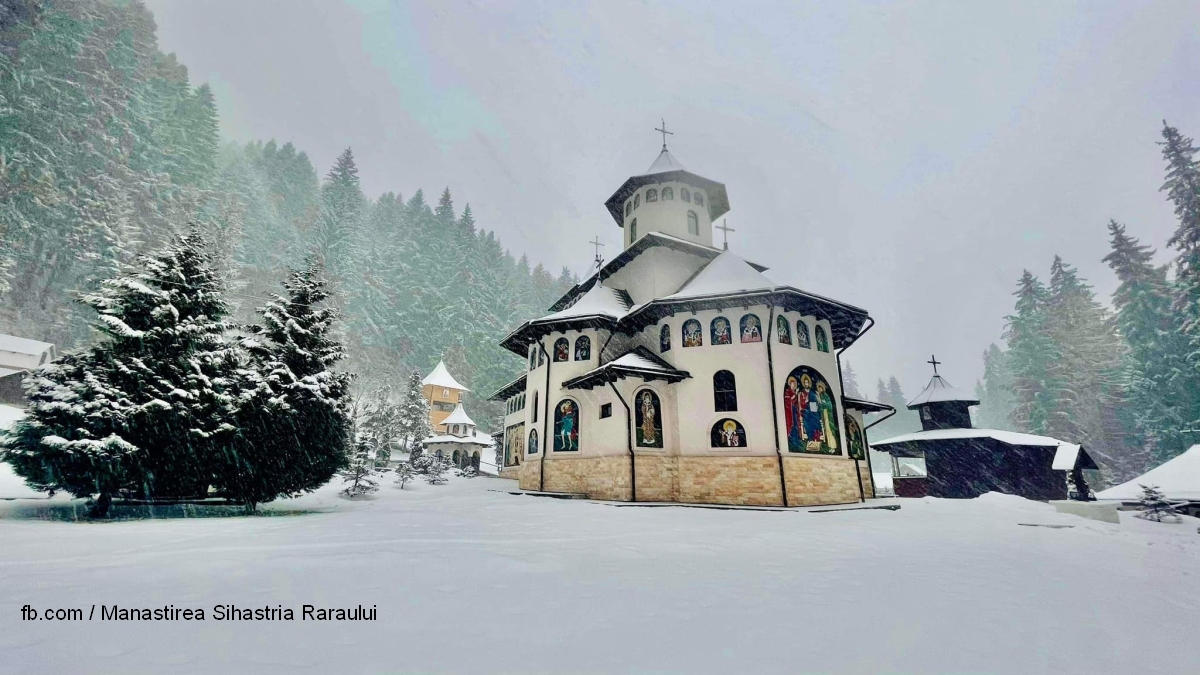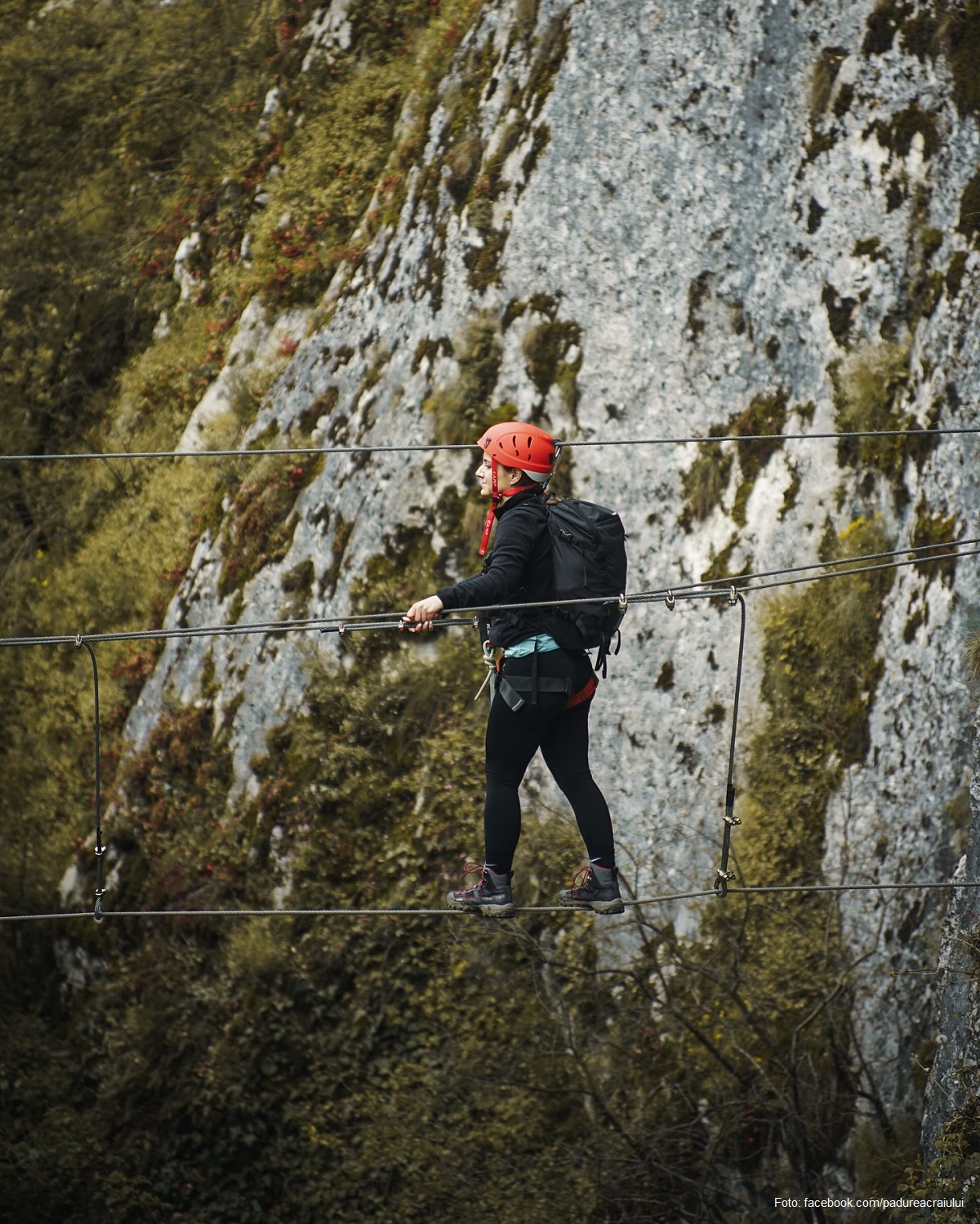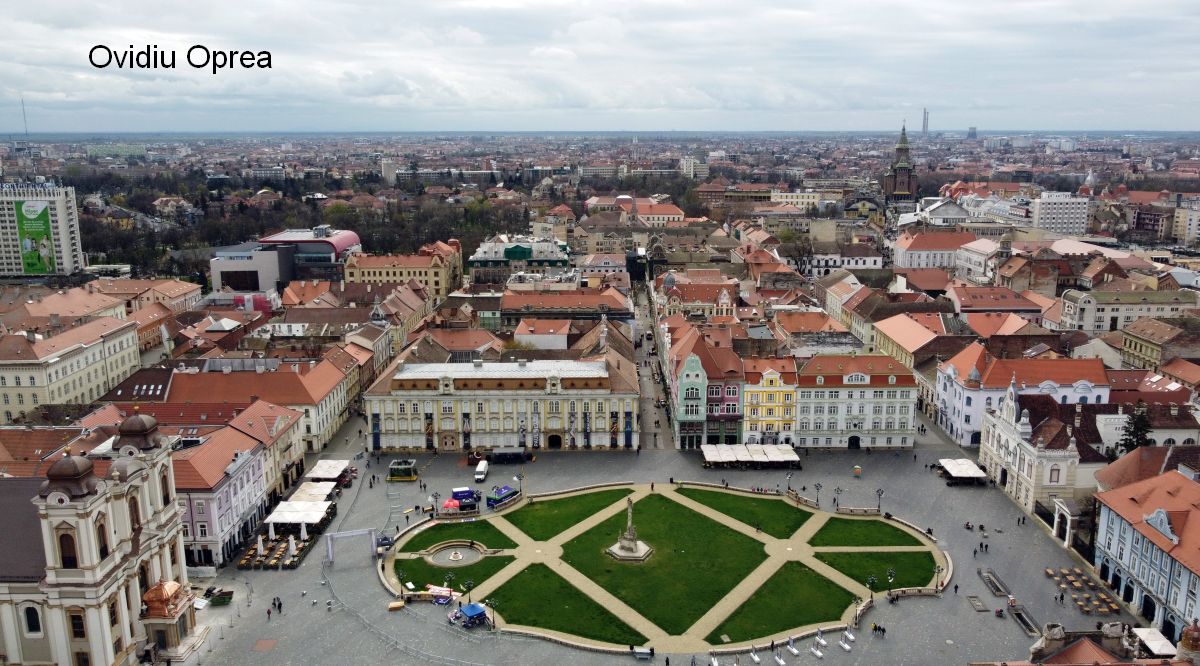Tourist hiking routes in Macin Mountains
The region of Dobrogea and its beauties!

Ștefan Baciu, 17.09.2020, 14:00
Early autumn is beautiful in Romania, and some of us may be lured into taking up hiking in the northern part of Dobrogea, Romania’s south-eastern region. We’re speaking about Dobrogea’s Macin Mountains. They may have the height of a hill, yet the Macin Mountains offer very special landscapes and amazing geological forms; you can see all that for yourselves if you take up the mountains’ accessible hiking routes. You may wish to travel to the area; if you do that, you can also include a trip to the Danube Delta Biosphere Reserve in your journey, or even a holiday in the Delta. We sat down and spoke to the director of Macin’s Tourism Promotion and Information Center, Dan Staicu, who provided the details of a hiking route in Macin Mountains’ Pricopan Mountain top.
The visit should start from the Tourism Information and Promotion Center, where tourists cam find info and presentation materials, compiled with the support of Macin Municipality. The one close by the town, the Pricopan Mountain top, is a hiking route marked with a blue strip, which starts off somewhere in the vicinity of Macin, from the 2D National Road, next to a wooden wayside cross. It takes you four and a half hours to complete the hiking route, which is an easy one, to which picture-taking and rest breaks are added. The spectacular geological forms which took shape 225 million of years ago will delight tourists’ imagination with genuinely otherworldly shapes, while the ridge of the Pricopan Massif offers vast belvedere views of the Macin depression, of river Danube, of the Luncavita depression and the cities of Galati, Braila and Reni. Some of the relief outcrops in the region are really uncanny, including the Sphinx of Dobrogea, eroded monoliths resembling the Babele, and we may also run into rare plant species in the area, which are of national importance, the Dobrogea bluebell flower or the Dianthus, with its bluish-green leaves and pink flowers. The habitat also includes such reptiles as the Dobrogea tortoise and the Dobrogea green lizzard. The tortoise is a protected species.
They may not be covered in vast forested surface areas, yet the Macin Mountains and the meadow areas surrounding them are home to other big mammals, such as the roebuck, the fox, the golden jackal or the wild boar.
Some of you may not be interested in a one-off hiking experience alone, so if you want to have a holiday proper in the area of Macin Mountains, you should know that in the town of Macin and the locality of Greci, one of the hiking set-off points, there are several tourism accommodation areas. Also, the National Directorate for Macin Mountains National Park has set up a camping area right at the foot of the mountain, traditionally known as the healing fountain. According to the director of Macin’s Tourism Promotion and Information Center, Dan Staicu, going hiking in Macin Mountains is recommended in spring and autumn. Tourists can take another hiking route, starting off from the locality of Greci, thus reaching Macin Mountains tallest peak.
Dan Staicu:
The Tutuiatu peak is another asset in the region, we come across it along the route with the same name. This hiking route starts off from the center of the locality of Greci and is marked with a blue triangle. Along this route, on the western side of Macin Mountains, we come across the Macin Mountains’ tallest peak, as I’ve told you already, the 476-meter high Tutuiatu Peak, which took shape around 295 million of years ago. The bird’s eye view you get one you reach the peak is vast and spectacular. From there, you can see the Pricopan Mountain top and the peaks of Macin Mountains’ main ridge, the cities of Galați, Măcin, Brăila, the Greci depression, the Iacobdeal peak and the Chervan Tulcea nature reserve. Also from there, we can see the arm of the old Danube, the Macin arm, as it is today known. The forested area along the route offers landscapes including Balkan, Mediterranean and central-European forests. In spring, from April and all through to May we can admire the Dobrogea peony, a protected flower species. Also on this route, the National Directorate for Macin Mountains National Park set up two camping areas, one in the Italians’ Spring, the other one in Valea Seaca. The tourists who reach the area can find accommodation in Macin, but also in Luncavita, since the route sets off from Greci and ends in Cetățuia – Luncavița, they can also find accommodation in guesthouses in Greci where camping areas are still available.
There are 12 hiking routes in Macin Mountains, they are easy to moderate and can be completed in one day, with a 12-kilometer long route being the longest one.
You don’t have to walk carrying a backpack in order to notice the large surfaces area covered in vineyards, or the wine cellars, where you can taste quality wines.
Dan Staicu:
Speaking of Romania’s oldest mountains, you should know that the Sarica Niculitel vineyard is Dobrogea’s oldest, having three wine-growing centers, Macin, Niculitel and Tulcea. In Macin, you can discover the secrets of a wine cellar in a tasting session for the most exquisite wines. You can listen to the story straight from those who make the wine, they are people who put in a lot of passion in the art of wine-making. As you’re sipping your wine, you can listen to the fine tales of the history of wine in Macin, about wine-making techniques, about how the wine is served, about how to identify the wine sorts, and about which wine sort best goes with which dish, and suchlike. Indigenous as well as international grape varieties are grown in the vineyards, while of the Romanian sorts, I should like to mention Feteasca Regală, Feteasca Albă, Tămâioasa Românească, Feteasca Neagră.
Apart from the wines and local cuisine, Dobrogea is also attractive thanks to its traditions, its legends and especially thanks to its multiculturality. No less than 18 ethnic communities live in Dobrogea, the most numerous of which being the Turkish, Tartar and the Lippovan Russian communities. Also numerous in Dobrogea are the Greek, Bulgarian and Italian communities.






























